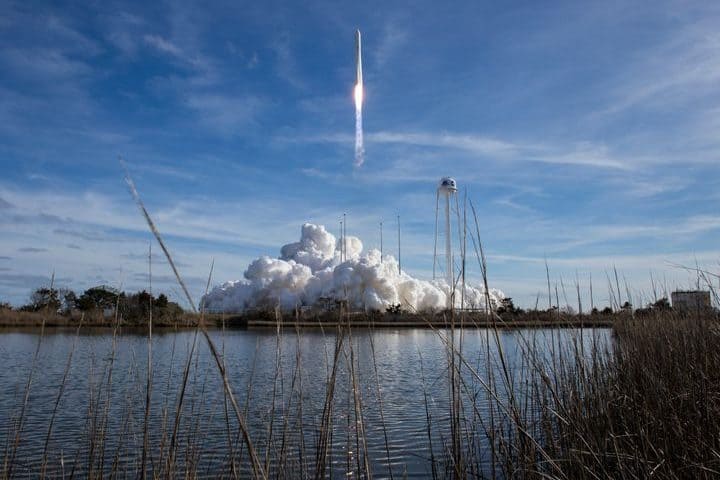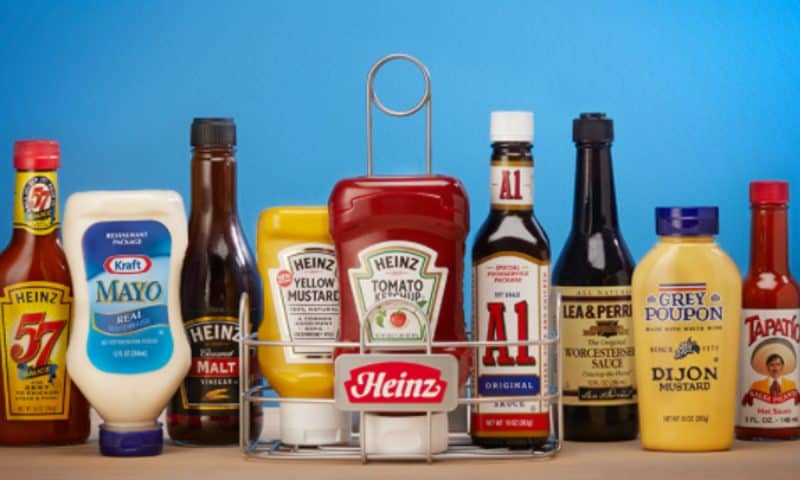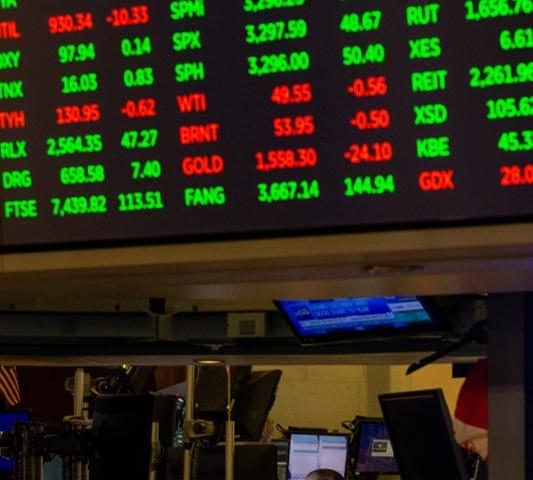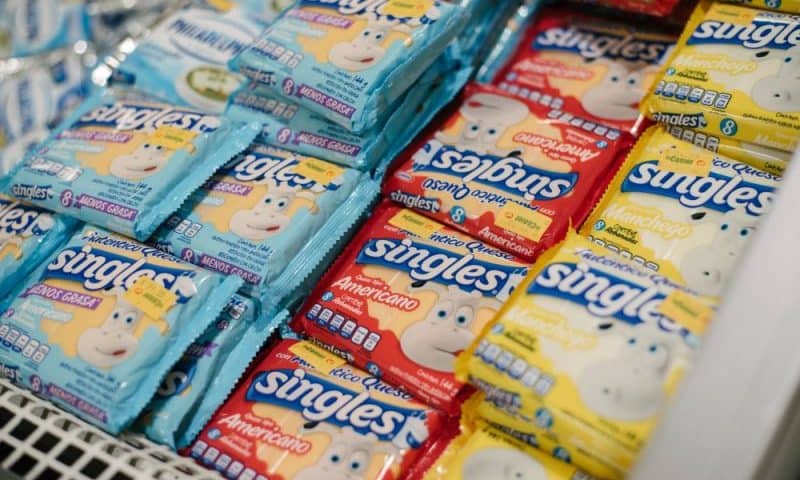It appears that the stock market bears have either disappeared or been transformed into bulls. Occasionally, someone attempts to ignite concern about real risks, but even those efforts peter out. The rising market is evidently “proof” that worries and worrywarts are wrongheaded.
So, it’s official: The stock market’s rocky, wall-of-worry climb has morphed into a smooth, growth cruise. This attitudinal shift is full-fledged: From September’s recession-bearishness to today’s growth-bullishness.
While such a move is typical of negative to positive market moves, this one has produced an (over?) confident view of what lies ahead. Such conviction makes investors and the stock market vulnerable to disappointment.
Therefore, now looks to be a good time to be a contrarian and focus on the risks.
So, what is there to worry about?
Below are the three major issues that create real uncertainty. They should neither be taken lightly nor dismissed.
First: Earnings growth forecasts
Yes, analysts expect company earnings growth to go from good to great this year and next. However, investing history is filled with such forecasts being upended. Thus, the more investors rely on those growth forecasts, the greater the hit to stock prices if growth expectations dampen.
Are investors overconfident now? Not necessarily. However, the lack of a counterpoint discussion about coming growth (i.e., a recognition of uncertainty) is, itself, an indication that over-optimism is near, if not here.
Unconvinced of growth forecast vulnerability? Think back five months to the belief that low or negative growth (recession!) was coming this year. Forecasts are nothing, if not changeable.
Second: Stretched financial conditions – Federal deficit spending, debt outstanding and issuance, combined with the Federal Reserve’s low-rate, money-creation, boost-inflation policies
These interwoven issues have been brought up before, but they produced little attention and certainly no worry in the markets. The stock market blithely treks upward, and bond prices/yields act as if the comfortable status quo is here to stay.
So, what should we do about these real risks when the markets remain positive and calm? Worry and prepare.
This financial environment invites a strong, contrarian stance because the conditions are already in place, and they have been the root of serious troubles before.
Third: Five leading technology companies under FTC antitrust scrutiny
Note: This risk may seem well into the future, but its impact could come much sooner, particularly because the leading tech companies have been the high-priced drivers of this stock market rise. We can assume that the analysts are already pouring over each company’s past acquisitions to see where the troubles may be. Any negative findings could be an early source of concern and selling for any of the five high-priced tech biggies: Alphabet (Google), Amazon, Apple, Facebook and Microsoft.
The importance of these five companies in the stock market is large. They are the top five companies in the U.S. by market capitalization in this order (as of February 14 close): Apple ($1.45 T), Microsoft ($1.41 T), Amazon ($1.05 T), Alphabet/Google ($1.04 T), Facebook ($0.61 T) = Total ($5.55 T)
Here is the proportion the five represent of the major stock market indexes:
- DJIA (only Apple and Microsoft, price-weighted) – 11.8%
- S&P 500 – 18.6% of $29.8 T
- Nasdaq (all companies; excludes ETFs) – 34.9% of $15.9 T
- Nasdaq 100 – 49.5% of $11.2 T
The U.S. Federal Trade Commission is going to examine the companies’ acquisitions made over the past ten years. The question is whether the purchases fulfilled a strategic company goal or simply deleted a potential competitor and archived its patents.
What will the government find? Likely, there are purchases that fall into the anticompetitive corner. The question then is what happens next. A fine? A forced divestiture? A prolonged legal battle?
More importantly for investors, what happens to the stock price? At this point, it may seem that “nothing” is the most likely response. However, negative revelations have a way of making executive reputations shift overnight from wise and savvy to calculating and deceitful. Just imagine if it turns out that a promising product or process was squelched by a big tech company to protect its inferior offering. It has happened in the past – all that is needed is cash (or a high-priced stock) and a willingness to do it.
Such a revelation can easily dampen investors’ enthusiasm for a high-priced stock.
The bottom line
In less than five months, the U.S. stock market has gone from recession-bearish to growth-bullish. More importantly, outspoken bears have disappeared or donned bull attire. Therefore, it is time to think about what could go wrong.
The three issues above do not represent a complete list, but they are major and carry real risks. No matter how you invest, keeping them in mind will help you be prepared to take appropriate steps if conditions or events give off negative signals in any of the three areas.
Should you be in cash? That depends completely on your investing approach and experience. Personally, I am willing to hold cash and focus on short-term speculation until risk takes its place at the investing table again.
Important: Regaining an appreciation of risk likely means that something goes awry, thereby causing stock prices to weaken and investors to start worrying again. It does not mean either that a recession is coming or that a correction is occurring. However, the decline should wash out excesses and make stock valuations reasonable.





















